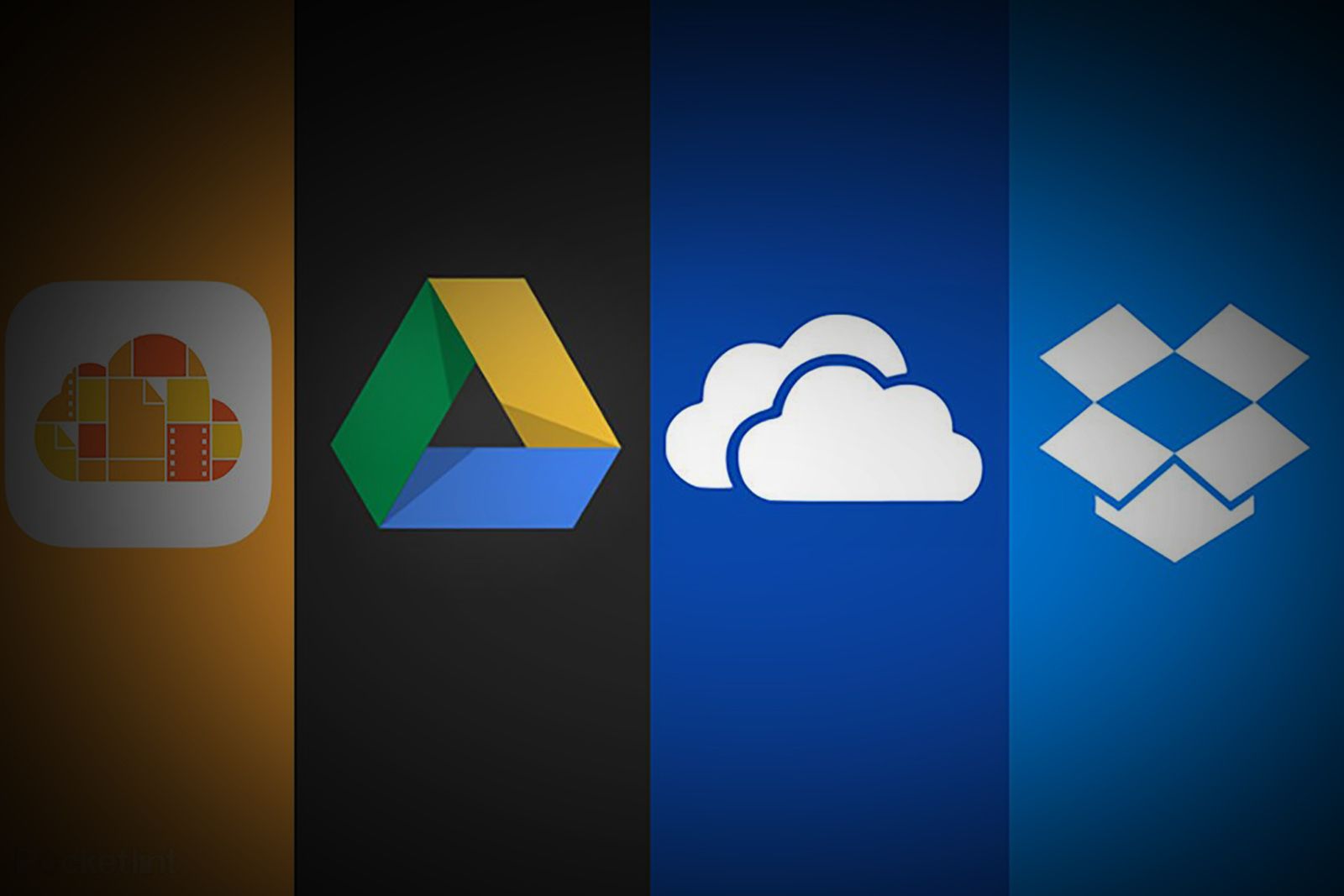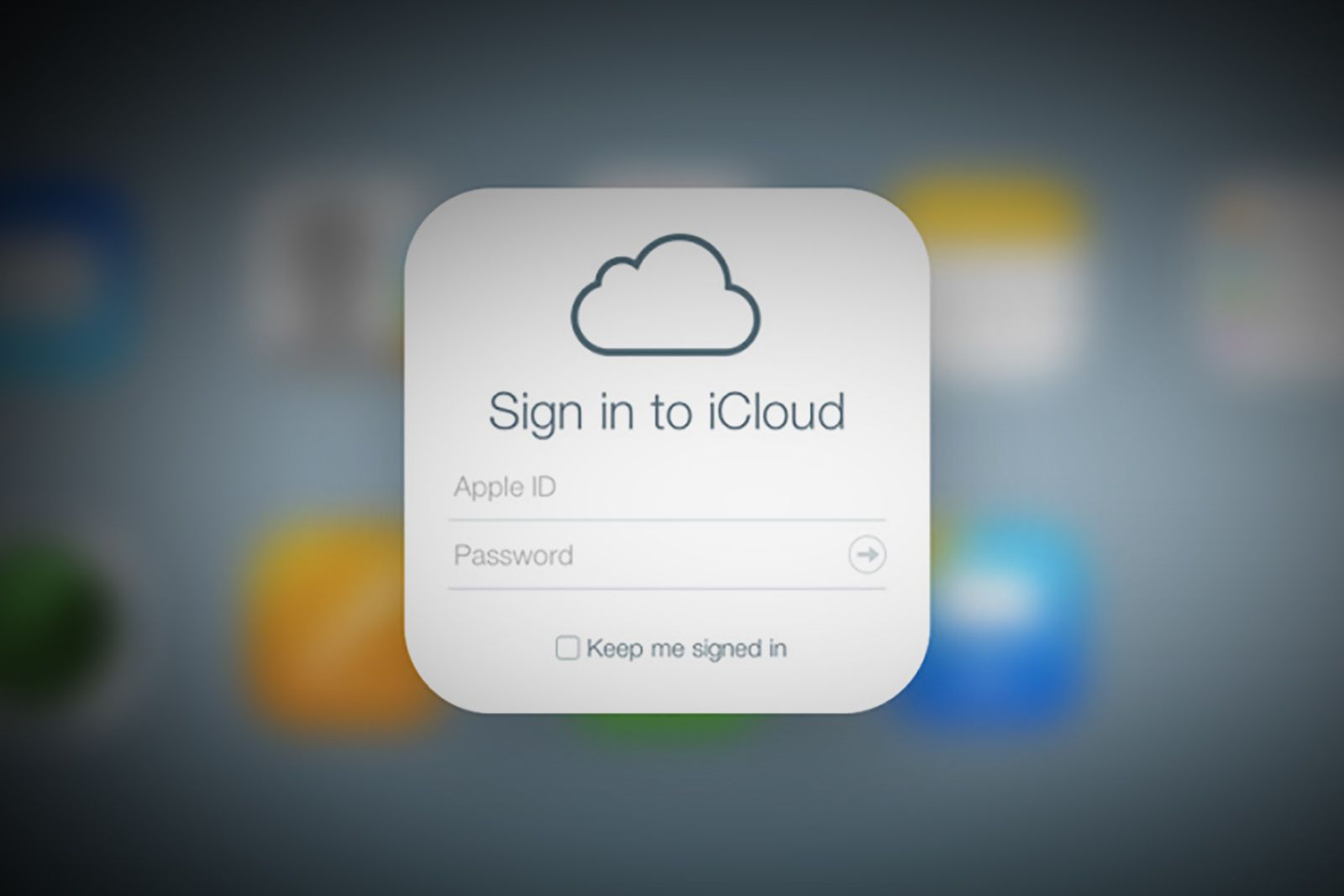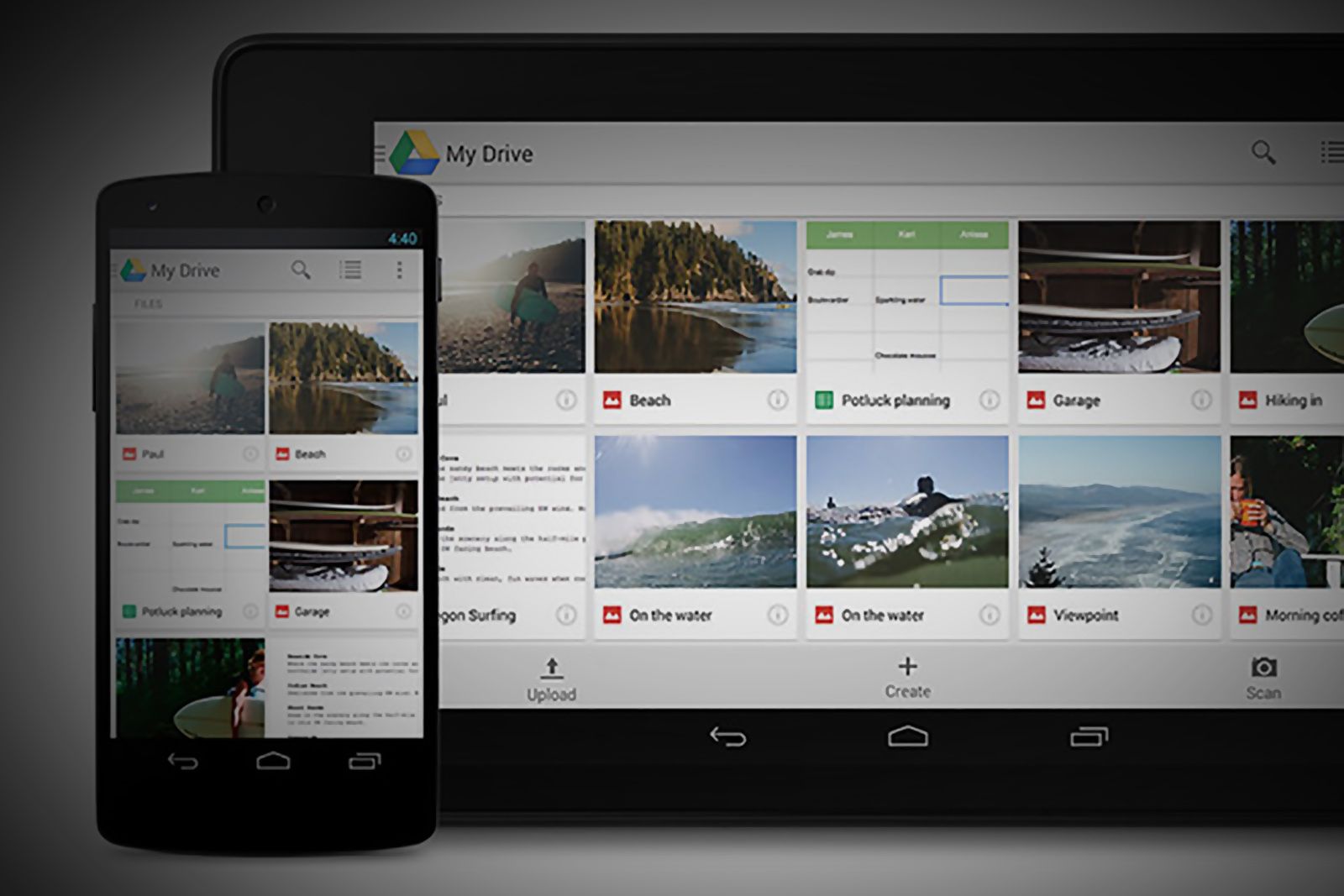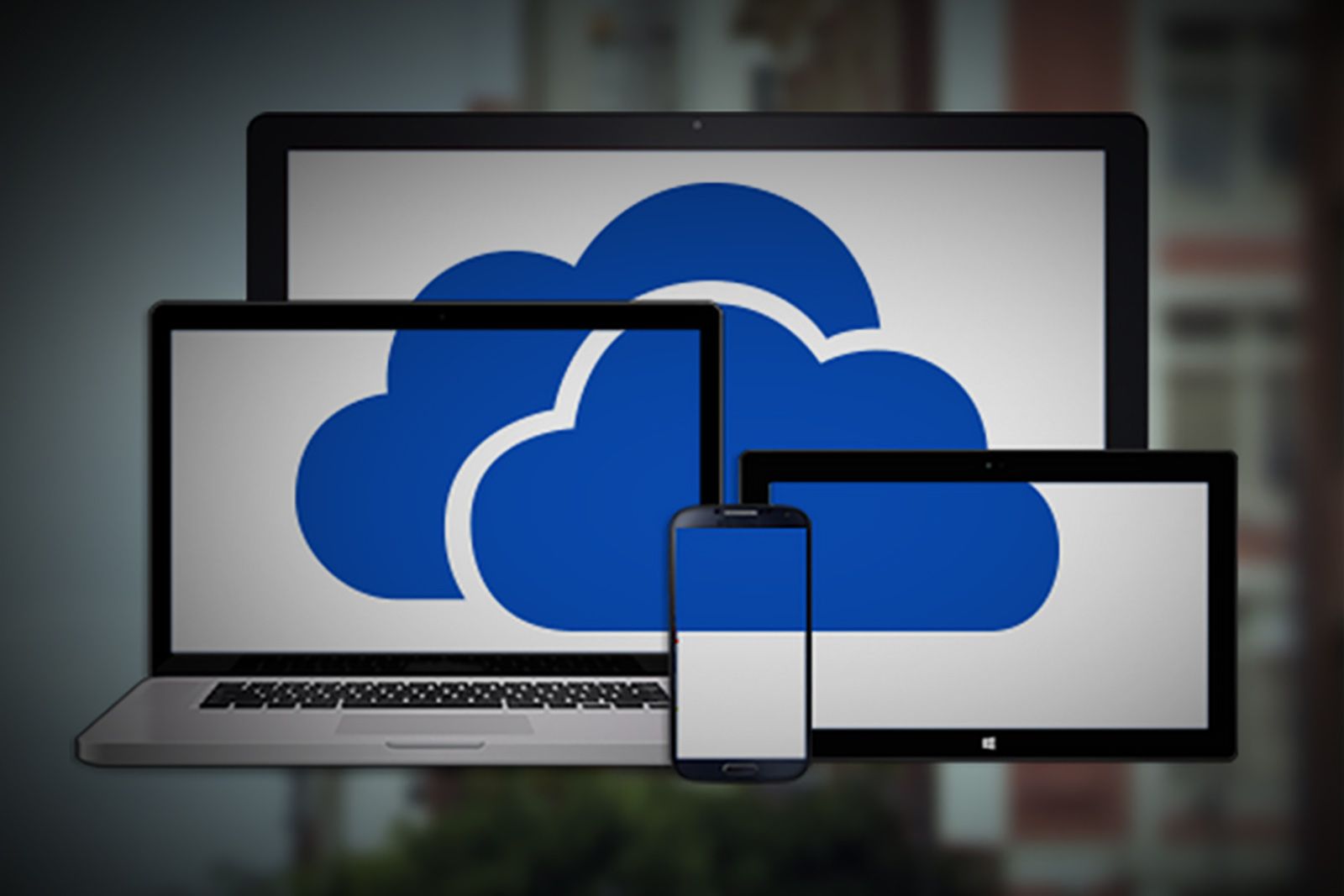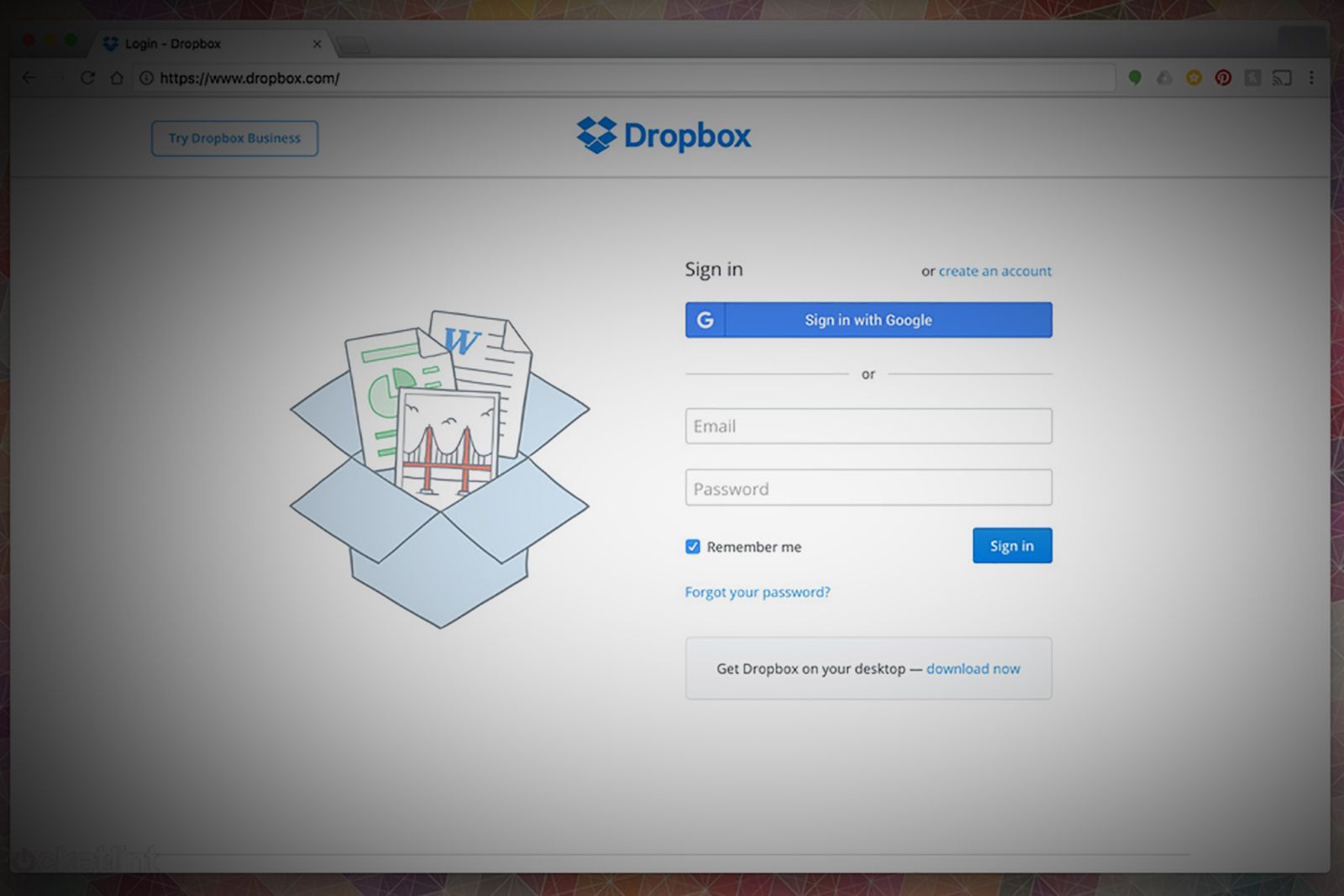Let's be real: Most people use many cloud services. You might be a dedicated Apple fanboy when it comes to your devices, but you're more than likely also using Google Drive for email, document, and photo backups, or maybe Dropbox for similar reasons.
Although it's not uncommon for people to have a hybrid cloud workflow, both in their personal lives and while at work, it can get a bit confusing whether you're new to putting your stuff in the cloud or even a seasoned cloud-saver. There are an infinite number of cloud choices out there, after all, but the most common ones for consumers are Apple iCloud, Google Drive, Microsoft OneDrive, and Dropbox.
Each service offers a distinct set of features, along with a variety of storage plans at different price points. So, to help you optimise your mix-and-match approach, or better understand which service offers the most amount of storage for the least amount of money, which offers the best multi-platform support, or which has all the features you need, we've done all the leg work and answered your questions.
- What is Apple iCloud Drive and how does it work?
- How does Google Drive work and how much is Google One?
Which cloud storage service is right for you?
Apple iCloud
Website: www.icloud.com
Platform availability: Web, Mac, iOS, and Windows
Free storage: 5GB to start, for all users
Paid storage plans:
- 50GB for $0.99 a month
- 200GB for $2.99 a month
- 2TB for $9.99 a month
Summary:
Apple's iCloud is the best option if you're exclusive to Apple.
You can easily activate it on all your devices and instantly access all your data, including calendar, notes, photos, and iWorks documents. Your iOS devices auto-back up to iCloud, too, and from your Mac desktop, you can move files to your iCloud Drive for seamless access on iOS devices.
There's also an option to access your iCloud files from the web. So, if you're a Windows 10 PC user or Android user, you can still go to iCloud on the web to find all your stuff. But, in our opinion, the iCloud experience is best suited to and makes the most sense for Apple device users.
More resources:
- Apple's support page for more information about iCloud features.
- Apple's support page for more about pricing outside of the UK.
- Apple's support page for more information about system requirements.
Google Drive (Google One)
Website: drive.google.com
Platform availability: Web, built-in Chrome OS integration, Android, Mac, iOS, and Windows
Free storage: 15GB to start, for all users
Paid storage plans:
- 100GB for $1.99 per month
- 200GB for $2.99 per month
- 2TB for $9.99 per month
- 10TB for $99.99 per month
Summary:
What iCloud is to Apple users, Google Drive is to Android and Chromebook users. That said, it's also a great option for iPhone users who want a clean photo storage experience, and students and professionals who use Google Docs and other Google services. It gives you a generous 15GB free, and unlimited free storage for your Google Docs, Sheets, and Slides files with support for real-time collaboration.
It also goes up to 10TB. Plus, the new Google Drive "Google One" consumer storage plans can be shared between a maximum of five family members, too. But the real perk is free storage of photos up to 16 megapixels in size from your mobile device - including iPhone and iPad - via the Google Photos app, which auto backs up photos to Google Drive. You also get unlimited free storage of 1080p videos.
The only downside we can think of is that many users have reported that uploads are super slow, especially if its a folder of larger files.
More resources:
- Google's support page for more information about Google Drive features.
- Google's support page for more about pricing outside of the US.
- Google's support page for more information about system requirements.
Microsoft OneDrive
Website: onedrive.live.com
Platform availability: Web, Windows, Windows Phone, Mac, iOS, and Android
Free storage: 5GB to start, for all users
Paid storage plans:
- 100GB for $1.99 per month
-
For more storage, you must enter an Office 365 plan:
- 1TB for $6.99 per month (plus Office suite for 1 PC, 1 mobile)
- 1TB for $9.99 per month (same as above, but for five users)
Summary:
You'll probably notice a pattern here, but if you're a Windows 10 PC user or an Office 365 subscriber, OneDrive is the obvious choice for you. First of all, it's a bargain, as it is included in an Office 365 subscription and costs way less than competing services charge for their 1TB tier. It also supports real-time collaboration on Office documents. But that Office license is only for a single Mac, iPad, and iPhone.
Really, OneDrive and Office 365 are designed to be tightly integrated with the Windows 10 OS. And that's immediately clear when you use the company's apps and software for the Mac and iOS platforms. They're just not very good, to be blunt. But if you want to use the basic plan, for $1.99 month, without any of the Office 365 perks, you'll find that there are cheaper alternatives that give you more storage.
More resources:
- Microsoft's support page for more information about OneDrive features.
- Microsoft's support page for more about pricing outside of the US.
- Microsoft's support page for more information about system requirements.
Dropbox
Website: www.dropbox.com
Platform availability: Web, Mac, iOS, Android, and Windows
Free storage: 2GB to start, for all users (called Basic)
Paid storage plans:
- 1TB for $9.99 a month (called Plus; it's Basic, plus 1TB of space)
- 2TB for $16.99 per month (called Professional, has more features)
Summary:
Dropbox is interesting because it's not designed for specific devices or platforms. It's meant to be for everyone, regardless of you're preferred ecosystem. Plus, it's speedy and reliable with consistent syncing. It’s also really user friendly - simply create a Dropbox folder and drag-and-drop your files into it. You can even put your entire PC or Mac inside your Dropbox, and your data will be available locally and in the cloud.
For the basic plan, files have a 30-day version history so you can recover an older version of the file for up to a month. You get more days - and features - with more expensive plans, such as smart sync, priority chat support, and full-text search. But other than that, Dropbox is pretty bare bones. It does have a Paper note-taking app to help you collaborate with others, but good luck finding people who use that.
More resources:
- Dropbox's support page for more information about Dropbox features.
- Dropbox's support page for more about pricing outside of the US.
- Dropbox's support page for more information about system requirements.
Bottom line:
Honestly, the hybrid approach is your best bet. We think if you're a Mac or iOS device user, iCloud is handy for storing all your device data, from calendar to notes to apps. But Google Drive with Google Photos is excellent if you just want to back up photos. It's also great if you're a G Suite user, such as a student, who lives in Google Docs. But if you mostly work inside Office 365 instead, OneDrive is for you.
As for Dropbox, it works nicely with all the platforms and is perfect for those of you who like to work from the web. You just need to evaluate what devices you use, how much you're willing to spend, why you want cloud storage, and then you can review the information above with all that in mind. It isn't easy, but with this guide, hopefully it won't be as hard for you to make the right choice for you.

